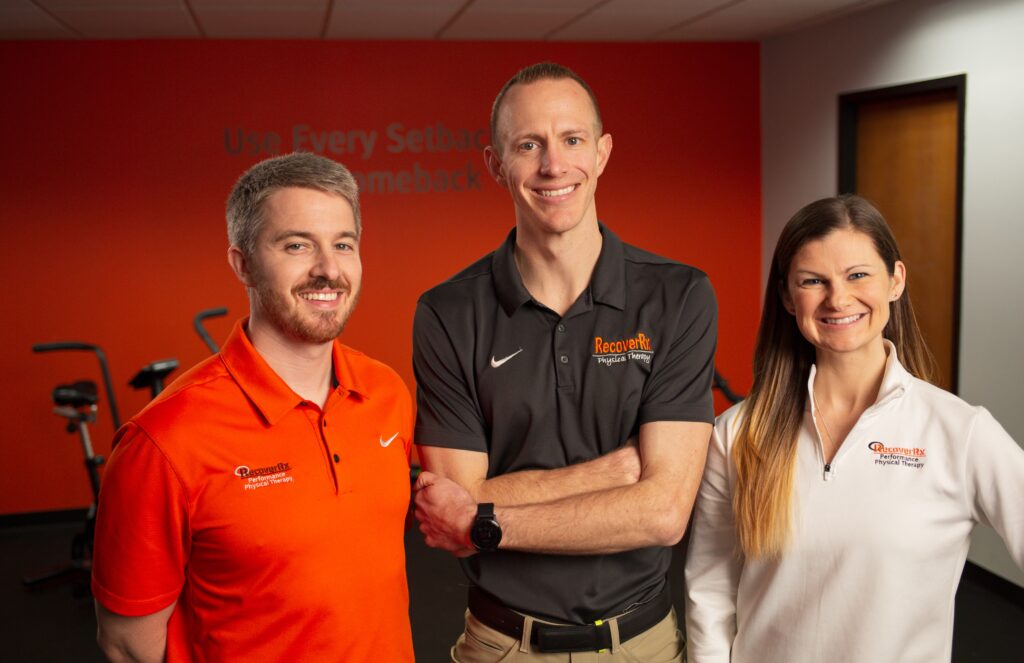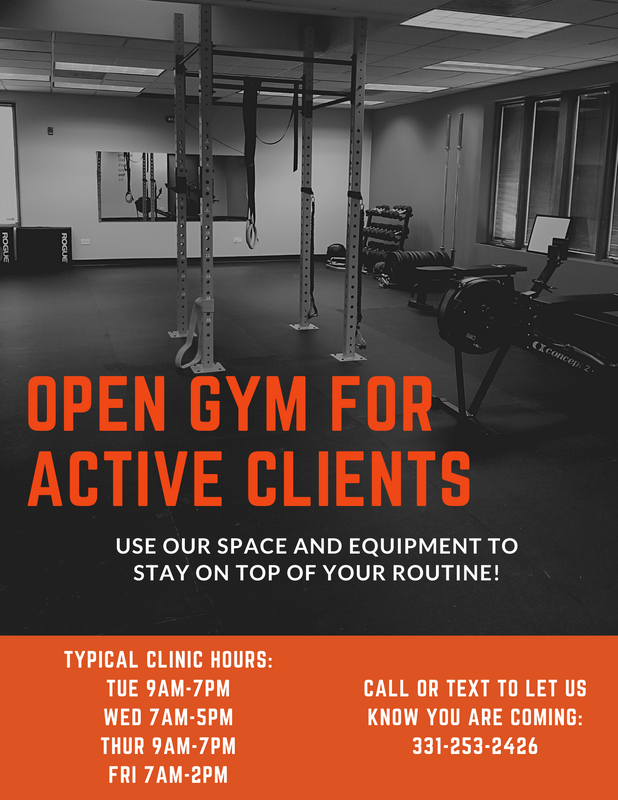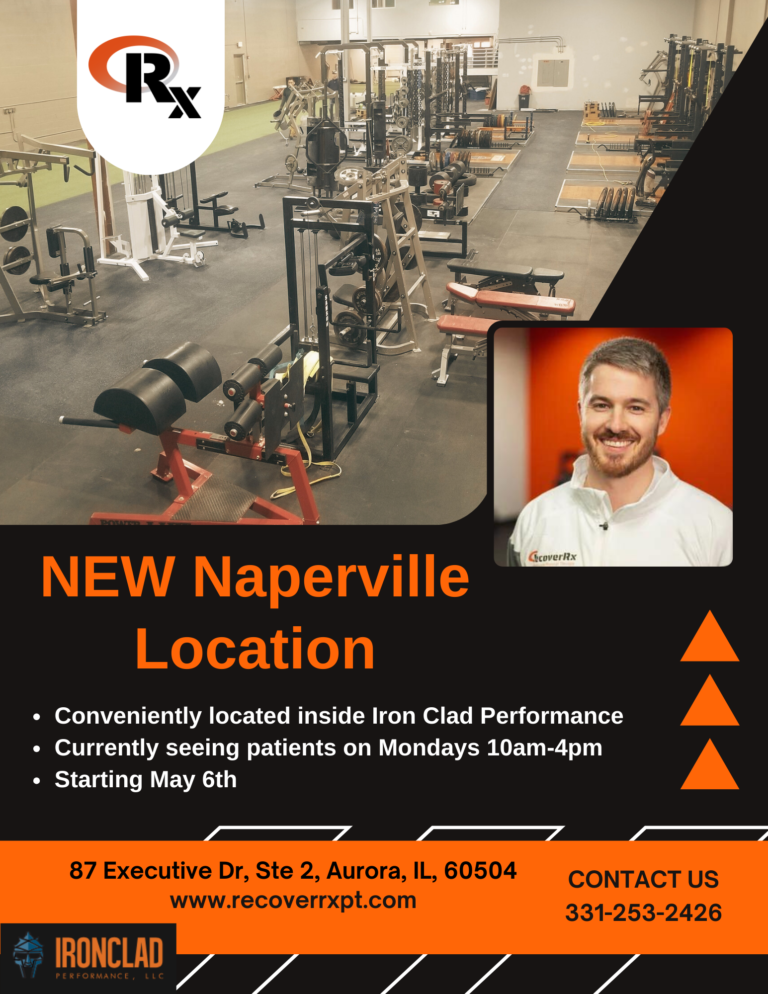By Sarah Greenwell, PT, DPT, CSMPT
Living with chronic low back pain can significantly impact one’s quality of life and limit participating in physical activity. Often when we injure our back, we are told not to bend when we pick things up. In fact, we start to worry about what we did that caused the pain and start trying to avoid any movements that might make it worse. But the cycle of fear and avoidance can actually do more harm than good.
Instead, most of the time, movement is medicine for our spine. While it is very true that you might have to modify your movements or intensity in the early healing phase, you shouldn’t have to stop exercising.
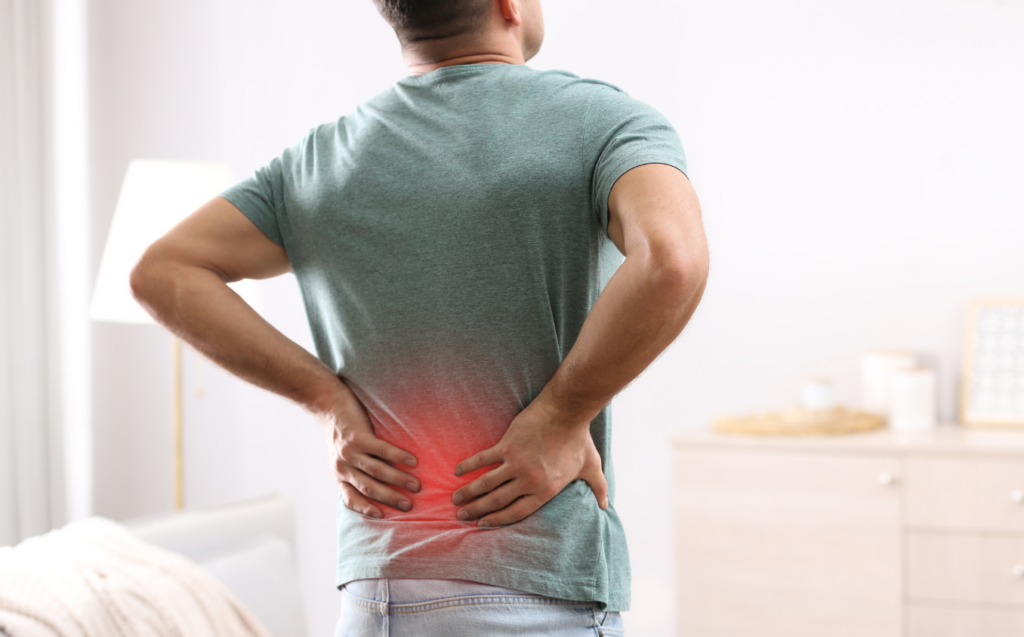
Even in therapy, it is common to focus on strengthening the core after a back injury. While the core is 100% important, so is strengthening the back (as well as the areas above and below -ie lats and hamstrings). That is why engaging in targeted exercises like deadlift training can be very beneficial. Contrary to common misconceptions, deadlifting, when performed correctly and under professional guidance, can alleviate pain, strengthen muscles, and improve overall function.
What Are Deadlifts and How Do They Benefit Lower Back Pain
Deadlifts are a great low back strengthener and not only safe following injury, research has proven that they can help cure back pain. A systematic review of literature published in Sports Medicine in 2021 found that strengthening the posterior chain (thoracic, lumbar, and posterior hip muscles) was more effective in reducing pain and disability and improving muscle strength in patients with chronic low back pain than general exercise. It also found that this training did not have more adverse effects than general exercise in people with chronic low back pain. The recommended program should be 12-16 weeks to maximize outcomes.
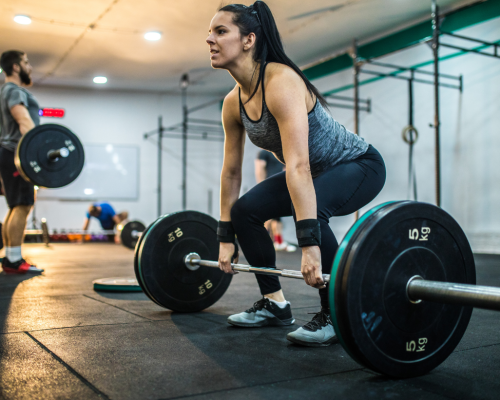
Deadlifts engage multiple muscle groups simultaneously, including the erector spinae, glutes, hamstrings, and core muscles. Strengthening these muscles provides a solid support system for the spine, reducing stress on the lower back. As the core and supporting muscles become stronger, they offer greater stability and help distribute the load more efficiently, alleviating pressure on the lumbar region and reducing the risk of future injuries.
Deadlifts can also improve posture and spinal alignment. By completing the lifts with a neutral spine, deadlift training can retrain the muscles to hold the spine in good alignment with everyday activities as well.
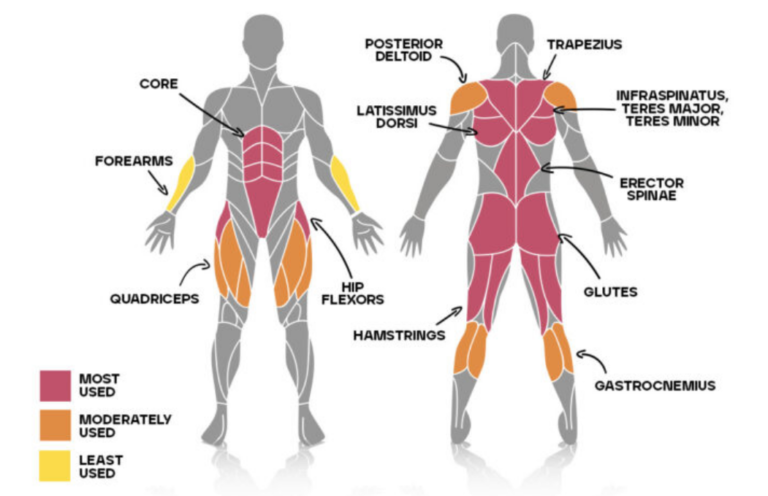
Furthermore, deadlifts mimic many of the essential movements that we make in everyday activities: lifting, bending, carrying. By strengthening the muscles involved in these motions, dead lift training enhances functional movement patterns, leading to improved ease and reduced pain with everyday tasks. Moreover, the increased strength and stability gained through deadlifts can translate into enhanced athletic performance.
Final Thoughts
Chronic low back pain can take a toll on your mental health and self-confidence. Engaging in hard things in the gym will help boost energy, morale, and self-efficacy. Watching your progress in the gym with added resistance and endurance not only diminishes the pain, but helps your confidence grow. As well as offer a sense of accomplishment and empowerment, helping you regain control over your body and life.
While it may seem counterintuitive to perform deadlifts while experiencing low back pain, when done correctly and progressively, they offer a wide range of benefits. Deadlift training strengthens the core, improves posture, enhances functional movements, and uplifts psychological well-being.
Consultation with a professional is crucial to ensure safe and effective implementation. Our expert clinicians at RecoverRx Performance Physical Therapy are trained to help clarify the underlying cause of lower back pain, appropriateness of this program for recovery, and proper initiation and progression of deadlift training.


